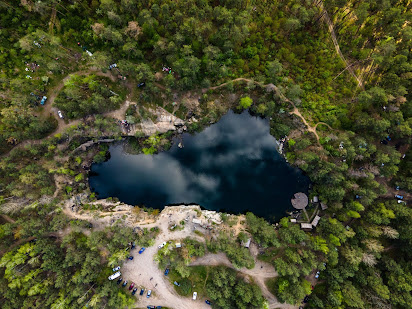
Vegetation
changes over time and so does the climate just a lot more slowly. So that we
can attempt to predict what will happen in the future scientists must
understand the past. So, they look to places which will contain elements from
the past. Soil and ice preserve both organic and inorganic samples so well
scientist are able to use them for climate analysis. Pollen is an excellent
example of an organic element which survives and can be used in climate
reconstructions. Pollen shows what species were in the surrounding area where
the sample was taken, as you go down (or up) the core profile species
composition will alter. The level of change varies form place to place, in some
the change is rapid i.e. over 100’s of years whilst in others it’s closer to
1000’s or 10,000 years. Ice cores are best for atmospheric analysis, bubbles of
gas get trapped in the ice as snow falls, These bubbles contain the gasses in
the atmosphere at time of deposition thus, the atmosphere composition and so
the climate can be extrapolated.




No comments:
Post a Comment